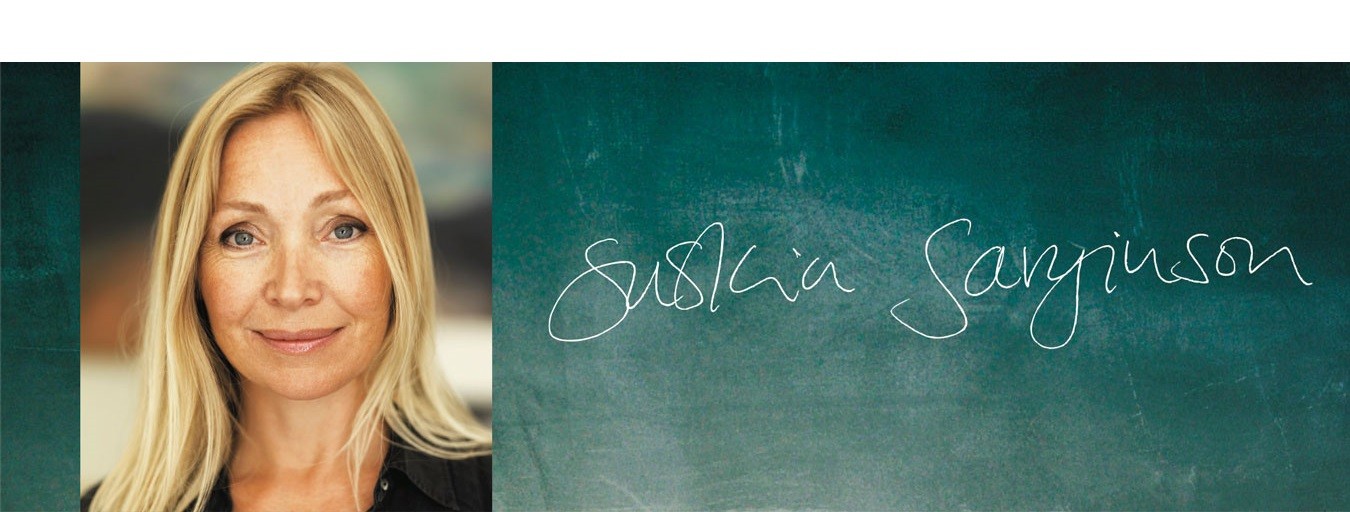Blog: It’s A Dog’s Life
Saskia Sarginson
My dogs are part of my writing life. I have two cats as well, but being cats, they come and go as they please. Like furry muses, they slink across my keyboard, wander past my desk with a knowing look, and disappear to do more interesting things. But dogs are different. They are faithful companions. We have long walks together every morning, whatever the weather. You can’t tell a dog it’s too wet, or you don’t feel like it. It’s my favourite way to start the day.
I find that my dog walks are a great time to mull over plot points and work out writing problems. I can sound characters’ voices inside my head or proclaim them out loud. The act of walking for an hour or so helps to get my brain into gear. I arrive home, feed the dogs and make my coffee, and I’m ready to settle at my desk for several hours of work. The dogs follow me up to my room and find comfy places to snooze while I type. Sometimes I have to confess that I am working inside a distinctly doggy aroma, but I don’t mind. And I find their sleep whimpers and paw twitches comforting rather than a distraction. Funnily enough, I can’t bear a person sitting in the same room as me when I’m working, but the dogs don’t impinge on my thoughts, restrict my imagination or irritate me. I hardly notice them when I’m immersed in the story. I think I must be aware of them on a subconscious level though, and their supportive, patient, unquestioning companionship centres me. They only stir when they know it’s time for another walk and supper.
I don’t write real people into my books, but I’ve put Sacha, my lurcher into Without You, changing his name to Silver. And one of my cats, Tilly, is in my next book, The Stranger. The heroine of The Other Me, Klaudia, desperately wants a pet when she’s a child, but her father won’t let her have one. I’ve kept cats all my life, but I’ve only had dogs since becoming an adult. I was persuaded to get our first dog, Maisy-the-border-terrier, for the children, but quickly became a dog-lover without the incentive of any extravagant pet-care promises from my kids. I was happy to take on all the responsibility myself. Who couldn’t fall for a dog’s loyalty, unwavering love, joy, sense of fun, bravery and beauty? And they are the best writing companions: accepting my obsessive attachment to my laptop without complaint, listening to me tapping away or reading paragraphs, wagging their tails in encouragement. As far as they are concerned, it’s all five-star material. And when I’m tired or feeling blue, a hug with a dog will always make things seem better.
